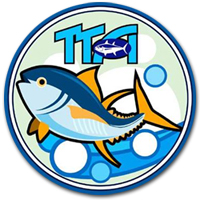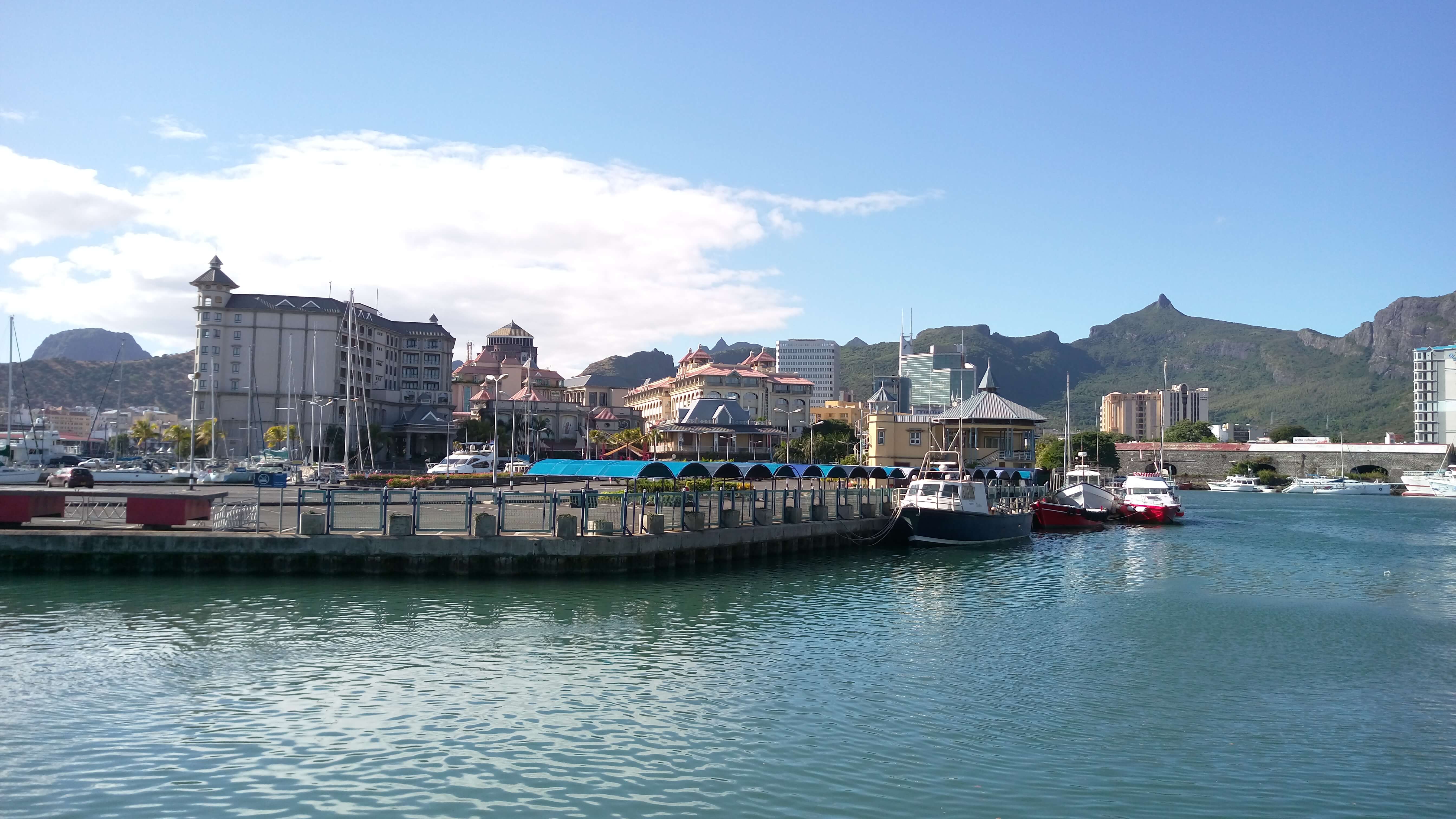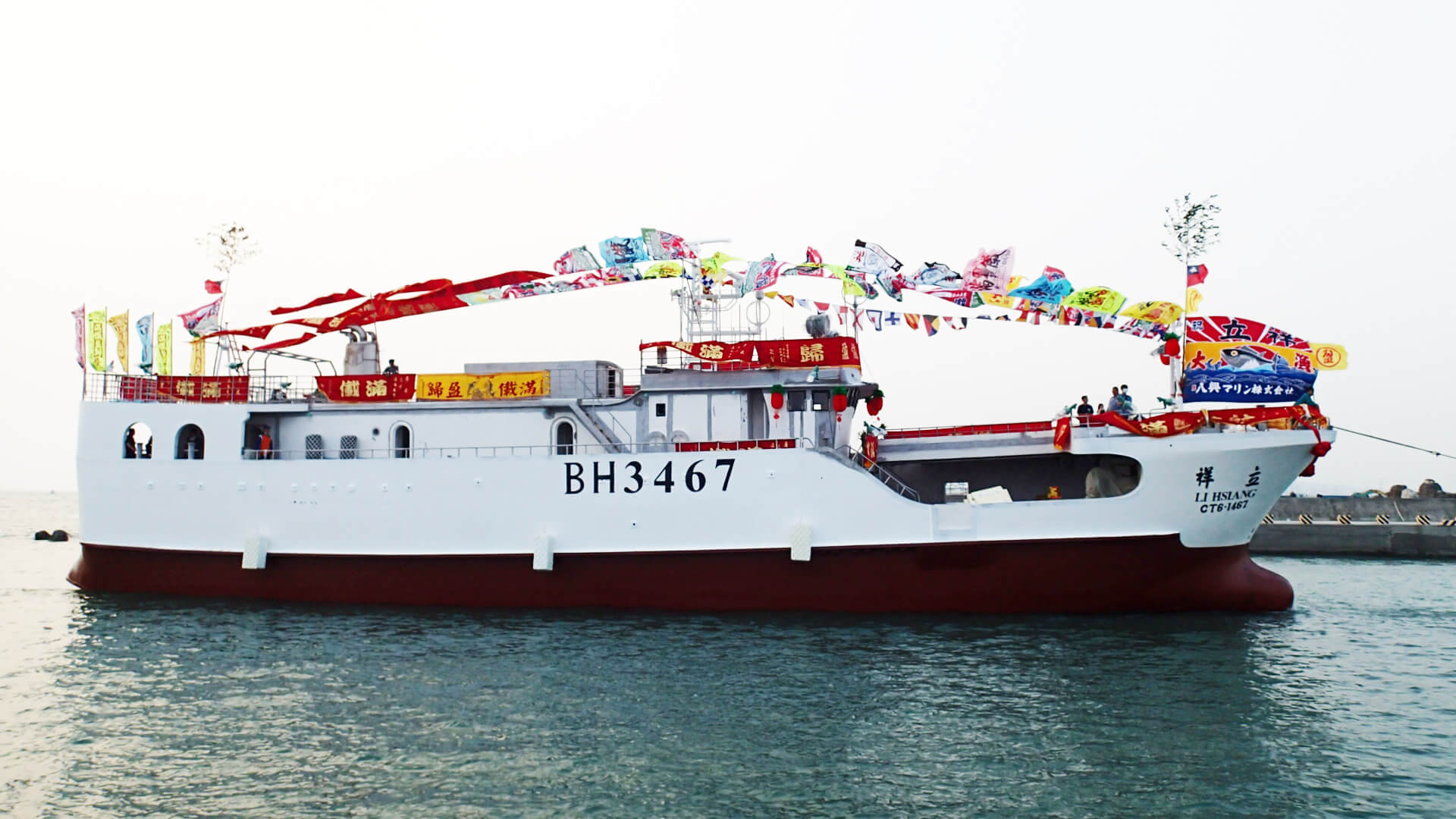遠洋鮪漁業沿革
我國鮪漁業歷史悠久,始業於民國初年,發展初期以20浬內之沿近海漁場為主。民國40年代初期,政府擬定了「350噸級鋼殼漁船發展遠洋鮪釣漁業計畫」,奠定我國遠洋鮪漁業發展之基礎。至民國50年代時,可說是我國遠洋鮪釣漁業之蓬勃發展時期。有鑒於遠洋鮪漁業規模日益龐大,且深具國際性,為團結業者,於民國59年6月15五日成立「台灣區鮪魚類輸出業同業公會」,嗣因遠洋鮪漁業日益發達,本會名稱僅限於鮪魚類之輸出,無法包含整個鮪漁業漁船生產與銷售,為符合實際情況遂於民國66年11月更名為「台灣區遠洋鮪漁船魚類輸出業同業公會」。2008年7月,因作業漁法不同以及漁獲物銷售市場不同等因素,原屬本會的圍網營運委員會在政府同意下另組公會。為了區別,本會也更名為「台灣區遠洋鮪延繩釣漁船魚類輸出業同業公會」。
民國59年成立之初,會員只有62家公司,漁船170艘,漁船最高噸位亦只有300噸左右,在經會員努力不懈及政府之大力輔導,最高峰期間所屬會員漁業公司約有540餘家、包括超低溫鮪延繩釣船、長鰭鮪延繩釣船及大型美式圍網漁船等共有640餘艘,作業海域遍佈三大洋區。漁獲年產量達40餘萬公噸,產值更高達新臺幣400億元。
惟鮪類為國際關切之保育漁種,在資源管理及受限於國際所分配給我國之配額量有限,因此本會超低溫鮪延繩釣漁船自民國94起至96年間三年共減船183艘會員漁船,97、98年間陸續亦有業者配合政府辦理老舊漁船收購等計畫以及圍網船另組公會,因此目前總會員船數約在300艘之間。

English introduction
The development of tuna fisheries in Taiwan can be traced back to the 1910’s. During the primary period, fishing vessels mainly operated near the coastal fishing grounds within 20 nautical miles from the baseline of Taiwan coasts. As the size of fishing vessel becomes larger and larger, the fishing grounds also extend toward the waters of Philippines and gradually move toward Pacific and Indian Oceans.
In early 1950’s, in a planned way of governmental guidance and assistance, “350 tonnages steel haul fishing vessels building project for Deep sea tuna long line fishery” has established a foundation of our deep sea fishery.
During the 1960’s, Taiwanese deep sea tuna fishery reached a prosperous period, regarding to the numerous fishing vessel and international characteristic, Taiwan Tuan Exporters Association was established to unite the tuna industry on June 15, 1970.
Due to the rapid growing of tuna fishery, the original name of the Association only represented the export of tunas, which could not cover the production and trading aspects of the whole tuna industry. Thus the Association was renamed as The Taiwan Deep Sea Tuna longline Boatowners & Exporters Association in November 1977. In the beginning, there were only 62 fishery companies as members and 170 fishing vessels in total. The largest vessel is about 300 tons only. Due to the diligent efforts by members in business and the assistance from the Government, the number of member companies has reached to 560, with 626 vessels. The total annual catch of these vessels reaches more than 400 thousand metric tons and its value is up to NT$40 billion, which takes a proportion of 70% of the total value of Taiwan deep sea fisheries.
From 2005 to 2008, our members abide with the government’s policy to reduce to the number of vessels in operation. To comply with International resolutions, the government scraped 183 vessel licenses and bought back old vessels about 110.
In July 2008, considering the different catching methods and different type of sales markets between the purse seine and longline vessels, the government approved the creation of a separate association for purse seine vessels. In line with this, the association of longline vessels was renamed as the Taiwan Deep sea Tuna Longline Boat Owners and Exporters Association. Currently, the association has 330 longline vessels under our list in 2018.
The objective of Taiwan Deep Sea Tuna longline Boatowners & Exporters Association are to design marketing strategies in the sales promotion of tunas caught by deep sea tuna fishing vessels, to seek common benefits of its members, thereby enhancing the economic development of the country, and to provide assistance to the Government in the implementation of the Fisheries Laws and the Government’s administrative orders.
The duties of Taiwan Deep Sea Tuna longline Boatowners & Exporters Association are:
1. To deal in matters in connection to the welfare of members;
2. To promote and to make contacts with foreign counterparts in connection to the international cooperation or joint ventures of distant water tuna fisheries;
3. To conduct and provide surveys and statistics on the domestic and foreign market of tuna, and to study and design its marketing strategies;
4. To provide inspection and notary on behalf of members in relation to tuna exported by them, and to issue corresponding export certificates;
5. To purchase, where necessary, from members tuna caught by their vessels for export;
6. To protect the legal rights of members;
7. To provide assistance to members in solving their problems;
8. To act as mediator in conflicts and disputes between members regarding matters in relation to export of tuna;
9. To establish basic data of member companies and their representative, and to follow up their changes from time to time;
10. To provide assistance to members in the promotion of international markets of tuna and to disseminate market information;
11. To assist members in the employment of foreign crew;
12. To participate in social activities of interests to members;
13. To deal in matters as instructed by the Government fisheries administrative authorities; and
14. To implement orders as promulgated by the Government from time to time.
Taiwan Deep Sea Tuna longline Boatowners & Exporters Association is registered with the Ministry of Interior as a commercial guild. The General Assembly of Members is its highest governing body. Members elect 27 directors to form the Board of Directors and 9 supervisors to form the Board of Supervisors. The Chairman of the Board of Directors, who serves as the legal representative of the Association, administrates the general business affairs of the Association. The Board hires a secretary-general to handle the day-to-day business of the Association, and under the secretary-general, there is a secretary, a general affairs division to run each kind of the business of the Association. In consideration of the fishing zones, fishing methods and the international fishery developing trends, the Association sets up 4 sub-committees to deal with various specific businesses, namely the Atlantic Ocean Operational Committee, the Pacific Ocean Operational Committee, the Indian Operational committee, and the Japanese Affairs Operational Committee.
High sea areas of Pacific, Atlantic and Indian Ocean are the major fishing grounds for Taiwanese vessel. Some vessels via cooperation with island countries can be allowed to access to exclusive economic zones by paying fishing fee annually for fishing.
In accordance with the different operation methods and targeting species, our member vessels can be divided into 2 major categories as follows:
Sashimi Longline fishing vessels
Albacore Longline fishing vessels
The production volume of Taiwan tuna fishery industry maintains the leading position in the world is about 400,000 and 500.000 metric tons during the year 1995 and 2001. Since that, the industry had experienced a number of changes and restructure in 2005 to 2008. Because of this reform, the total volume of Taiwan Tuna fishery industry has declined to about 100,000 to 140,000 metric tons in recent years.
In terms of catch, Albacore is targeted by the longline vessels. American and European are the major market to consume Albacore white meat canned tuna. When vessel’s catch reach a certain quantity, Albacore longline vessel would enter ports with canneries for landing, like Fiji, Mauritius, Uruguay. Alternatively, the catch would be consigned to the canneries by carriers vessel. After canning procedure, those tuna product will be distributed to the consuming market.
The catches by Sashimi longline vessels are mostly exported to Japanese market. Big-eye tuna and Yellow-fin tuna are the major target species, billfish are also the harvest of the Sashimi longline vessels. After transshipment at sea or at port, the catch will be transported directly to Japanese landing and distributing center, like Shimizu, the biggest fish auction center of Japan. The fish will be further distributed to every retailing market in Japan after sellers making a deal with brokers over the price, which is fluctuated by current market price and quantity of fish.
Tuna fishery cultural museum
The museum has established in 2003 for the purpose of providing people in general with a better understanding of our tuna fisheries industry, environment and marine resources conservation and management. The museum provide systematic explanations through detailed charts, photo, models and actual equipment, all of which are designed give visitors a better understanding of our tuna fishery and how to protect the ocean resource of the world.
International Fisheries are Cooperation through multi-channels. For instance, The Tuna Association and its members cooperate with the private agents and actively proceed fishing access cooperation with coastal states to increase fishing grounds for the member vessels.
The Association has participated in international tuna management organizations (as following) through the assistance from Ministry of Foreign Affairs, Council of Agriculture of Executive Yuan and Oversea Fisheries Development Council for the right of fishing quota and interest of this industry.
ICCAT
International Commission for Conservation of Atlantic Tunas year: 1969 http://www.iccat.es/
H.Q.: Madrid, Spain Establish
WCPFC
Western and Central Pacific Fisheries Commission
http://www.ocean-affairs.com
H.Q.: Federated of Micronesia Establish year: 2005
CCSBT
Commission for the conservation of Southern Bluefin Tuna
http://www.ccsbt.org/
H.Q.:Canberra, Australia Establish year: 1994
IOTC
Indian Ocean Tuan Commission
http://www.iotc.org/
H.Q.: Seychelles Establish year:1996
IATTC
Inter-American Tropical Tuna Commission
http://www.iattc.org
H.Q.: La Jolla, CA. USA Establish year:1950
SIOFA
Southern Indian Ocean Fisheries Agreement
https://www.apsoi.org/
H.Q.: La Réunion Establish year:2012




